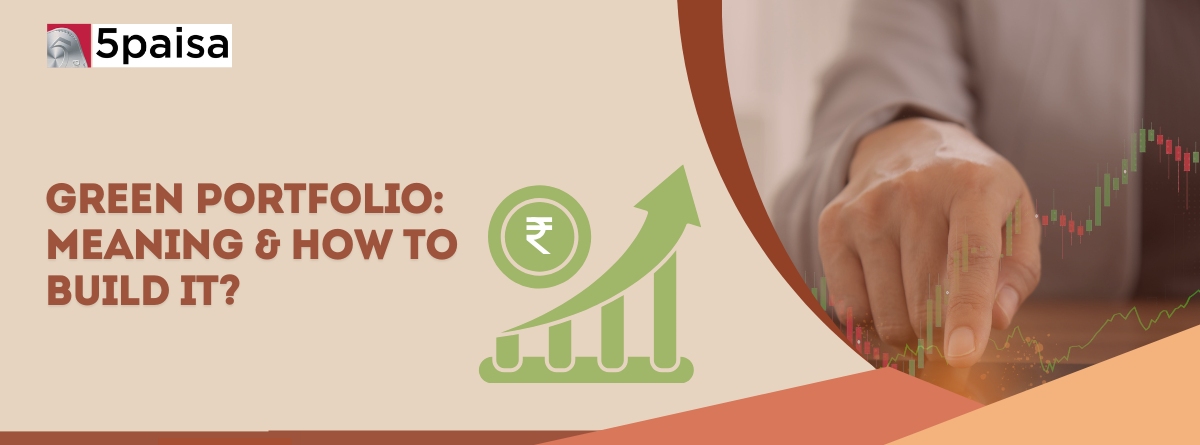Content
- Green Portfolio
- What is Green Portfolio?
- How to Build Green Portfolio?
- What are types of Green Investments?
- How an Advisor can Help?
- Future Trends in Green Investing
- Conclusion
Green Portfolio
A Green Portfolio focuses on sustainable and environmentally conscientious investments, in line with the growing trend of eco-friendly and responsible finance. As climate change and environmental issues gain traction, investors are looking for possibilities that not only provide financial rewards but also help to create a cleaner future.
A green portfolio, which invests in firms that promote sustainability, renewable energy, and low carbon footprints, contributes to beneficial effect while diversifying financial development. Whether you are an eco-conscious investor or wanting to diversify your portfolio, recognizing the importance and possibilities of green investing can be enjoyable and beneficial to both the environment and your financial goals.
More Articles to Explore
- Difference between NSDL and CDSL
- Lowest brokerage charges in India for online trading
- How to find your demat account number using PAN card
- What are bonus shares and how do they work?
- How to transfer shares from one demat account to another?
- What is BO ID?
- Open demat account without a PAN card - a complete guide
- What are DP charges?
- What is DP ID in a demat account
- How to transfer money from demat account to bank account
Disclaimer: Investment in securities market are subject to market risks, read all the related documents carefully before investing. For detailed disclaimer please Click here.
Frequently Asked Questions
A green portfolio is a collection of investments focused on companies and projects promoting sustainability and environmental responsibility. It includes stocks, bonds, and funds aligned with eco-friendly practices like renewable energy, waste reduction, and low-carbon initiatives.
Types of green portfolios include investments in green stocks, green bonds, ESG mutual funds, renewable energy projects, and sustainable real estate. These portfolios emphasise companies committed to environmental, social, and governance (ESG) criteria.
Challenges include limited investment options, potential greenwashing (misleading claims of sustainability), and balancing profitability with ethical goals. Additionally, evaluating environmental impact while maintaining financial returns requires thorough research and careful portfolio management.



